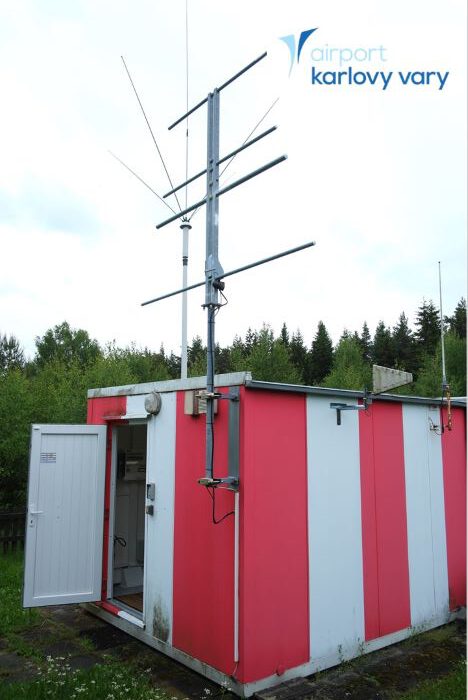QSL for NDB SAY-431 from Stornoway signed by Peadar Smith, Air Traffic Controller. Peadar answered my reception report by email first and offered me to sign a PPC as well. And since I thought of starting using PPCs again I gladly accepted his offer:

Stornoway is situated on the Isle of Lewis, Outer Hebrides, United Kingdom. The airfield was opened in 1937, primarily for military purposes. Today it is owned by HIAL and mainly used for domestic services.
My QSL is the 5th from a HIAL airport (Islay, Wick, Benbecula and Kirkwall other the other NDBs I received a QSL for). I sent my initial report to info@hial.co.uk. But you could also send your report to directly to Peader at the address below. Mind you: Peader is an avid stamp collector, so trust he will be very happy if you could add some stamps with your report!
Peadar Smith
Air Traffic Controller
Port Adhair Steòrnabhagh
Highlands and Islands Airports Limited
Stornoway Airport, Isle of Lewis, HS2 OBN
United Kingdom





















